Spring is here! Time to turn out your horses to pasture, right? Not so fast. Transitioning your horse from hay to pasture too quickly is a recipe for inducing laminitis. So how slowly should you transition your horse? And what’s the big deal, anyway? Here are 5 things to know about transitioning your horse to pasture.
#1 - Horses need time to adjust to dietary changes
The digestion of a horse is heavily reliant on its gut bacteria, which adjusts according to the horse’s diet. Changing your horse’s diet too quickly disrupts the bacteria levels in their hindgut, which can lead to gas, diarrhea, and even colic.
#2 - Grass has more sugar than hay
The extra sugar may cause high-circulating glucose and insulin, which is an especially bad situation for insulin-resistant (IR) horses. If you have an IR horse or one who’s overweight or prone to laminitis, you should talk to your vet before turning them out to pasture at all.
#3 - Laminitis is more than twice as common in spring and summer
Nearly half of all reported cases of laminitis in the United States occur in horses that are at pasture. Laminitis is strongly tied to excessive consumption of carbohydrates, and grass generally has much higher levels of carbohydrates than dried hay.
#4 - Fresh pasture should have grass that’s 6-8” tall…
...And horses should be moved off of pasture that’s shorter than 3-4”. Overgrazing can damage a pasture and make it more difficult for it to recover year after year. You should plan on about 2-3 acres of pasture per horse to provide enough food without becoming overgrazed by fall.
#5 - Start by letting your horse out to pasture for 15 minutes a day
You may increase pasture time by 15 minutes a day until your horse is at pasture for 4-5 hours a day. After that point, it should be safe for your horse to graze full time. During the transition, feed your horse his normal hay ration to prevent him from overdoing it on the fresh grass.
Horse Courses by Elaine Heney
- Listening to the Horse - The Documentary by Elaine Heney & Grey Pony Films
- Shoulder In & Out Training for better balance, bend & topline development with your horse
- Over 110+ Polework Exercises & Challenges to Download
- Dancing at Liberty & Creating Connection with Your Horse (11 lessons) - Grey Pony Films
There are many benefits to putting your horse out to pasture, but it’s important to transition your horse gradually to prevent problems.
(H/T: The Horse, University of Minnesota, EquiNews)

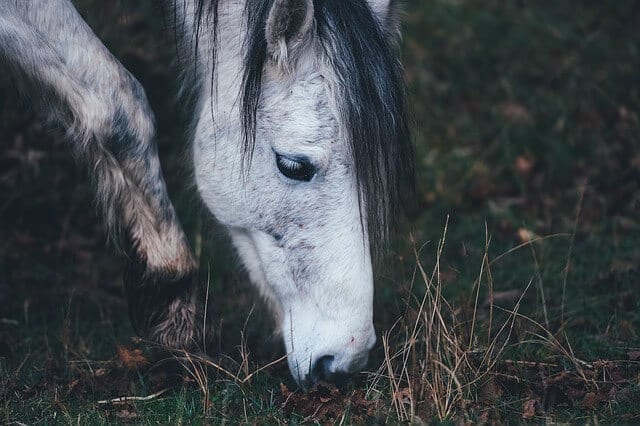

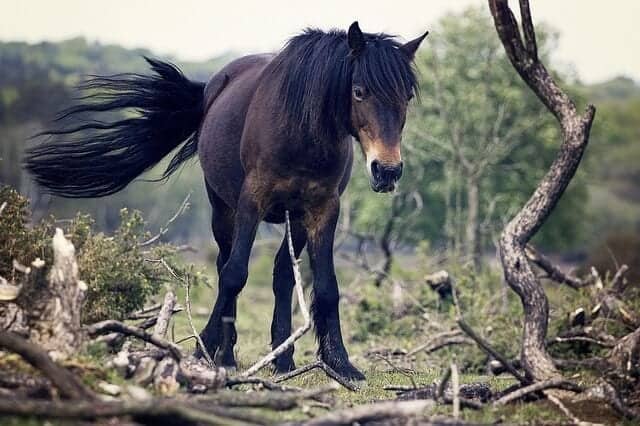
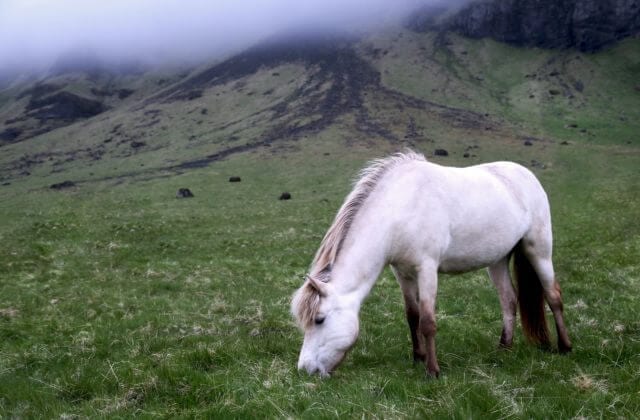

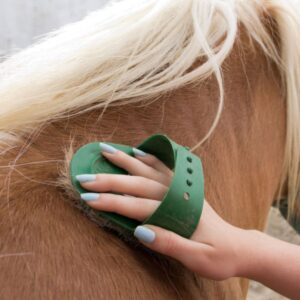
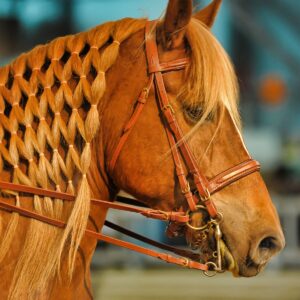
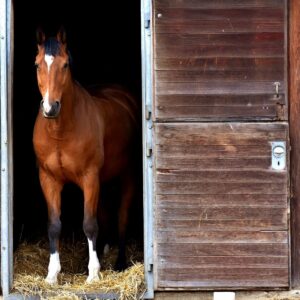
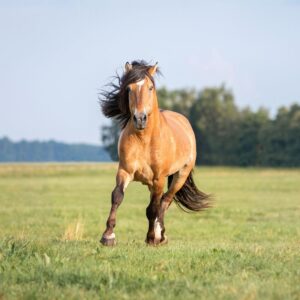
Leave a Reply